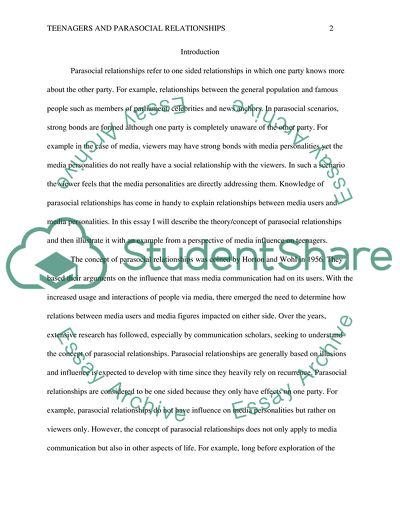Cite this document
(“Teenagers and Parasocial Relationships Research Paper”, n.d.)
Retrieved from https://studentshare.org/social-science/1664769-teenagers-and-parasocial-relationships
Retrieved from https://studentshare.org/social-science/1664769-teenagers-and-parasocial-relationships
(Teenagers and Parasocial Relationships Research Paper)
https://studentshare.org/social-science/1664769-teenagers-and-parasocial-relationships.
https://studentshare.org/social-science/1664769-teenagers-and-parasocial-relationships.
“Teenagers and Parasocial Relationships Research Paper”, n.d. https://studentshare.org/social-science/1664769-teenagers-and-parasocial-relationships.


